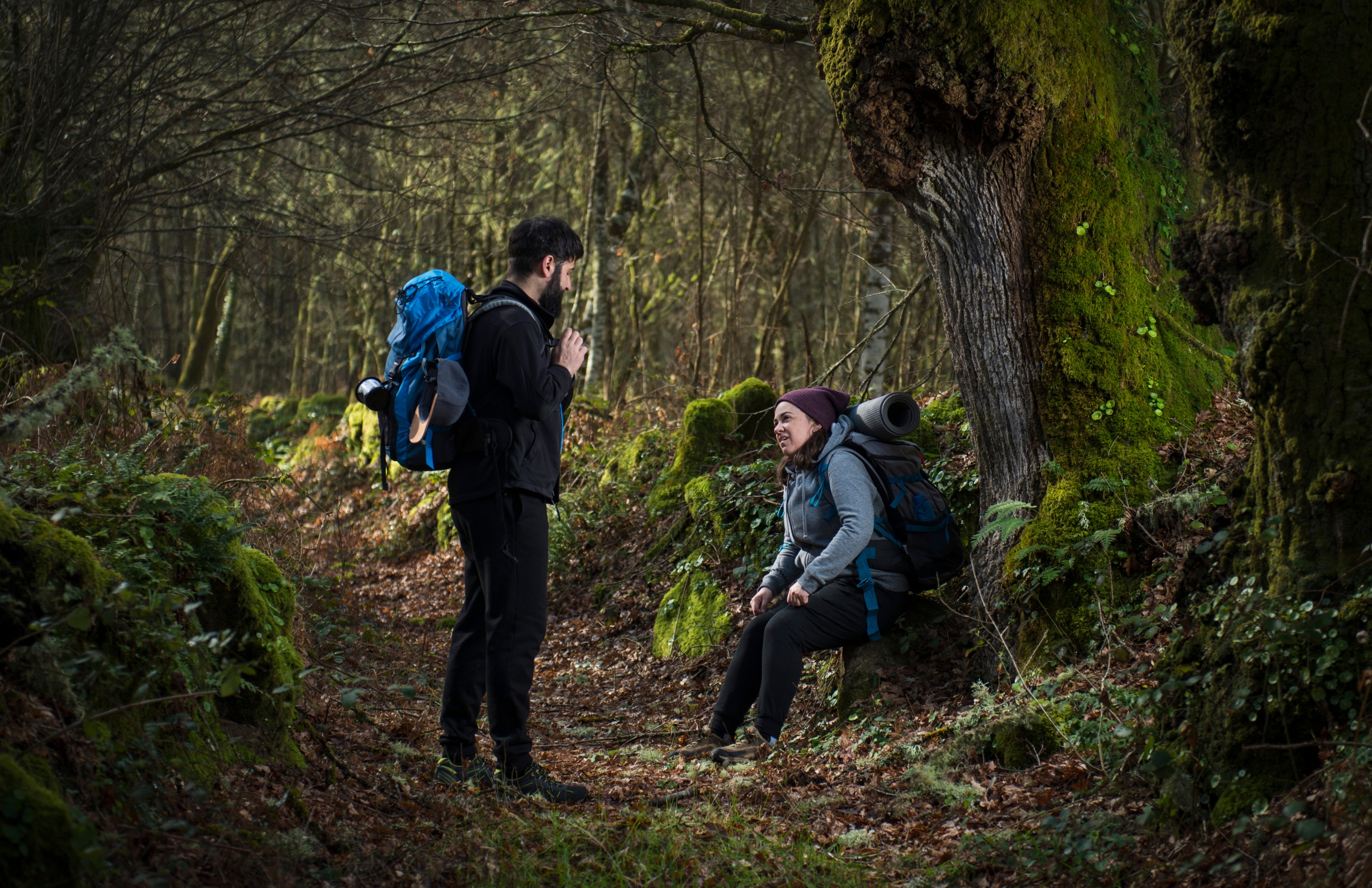We live in an age where relationships are constantly under pressure—by the relentless pace of modern life, by our hyperconnected world, and by the urge to put our happiness on display. Everyone’s showcasing their “perfect” relationship online. But beneath the photos and captions, how strong is that bond, really?
If you’re curious, here’s one way to find out: go on a pilgrimage together.
This won’t just be a trip. It will be a test. A shared journey that lays everything bare. A chance to strengthen your connection—or uncover its limits.
The Road Doesn’t Lie
Walking side by side for days—or even weeks—is more than a metaphor for love. It’s a condensed, high-pressure version of what long-term relationships are all about.
Some couples think they know each other after moving in together. But a pilgrimage strips away all the comforts of home: no routines, no distractions, no digital buffers. Just two people navigating unfamiliar terrain, often exhausted, sometimes uncomfortable—and always real.
On the trail, you’ll sleep less, eat differently, and push your bodies. And that’s when the masks come off. Fatigue shows who’s nurturing, who’s avoiding, who’s controlling. Every small moment—a sigh, a pause, a choice—becomes a glimpse into who your partner truly is.
This kind of journey has a way of revealing what your relationship is made of. Are your foundations solid? Wobbly? Ready to evolve?
Research from the University of Navarra, which followed couples walking the Camino de Santiago from 2018 to 2022, found that 38% of them experienced a relationship breakthrough during or immediately after the journey—insights that even years of therapy hadn’t uncovered.
When Your Bodies Sync, Your Minds Do Too
There’s also a physical side to this connection. Neuroscience tells us that walking side by side creates real, measurable physiological harmony.
It’s called entrainment—when two people’s biological rhythms naturally sync up. Heartbeats, breathing, even brain waves start to align. And when that happens, communication changes. It becomes quieter, more intuitive. You start to feel what your partner needs before they say a word.
This kind of alignment doesn’t end with the walk. It carries into daily life, making interactions more grounded, less reactive, and more emotionally aware.
Crisis Isn’t the End—It’s the Turning Point
Plenty of couples dread the inevitable friction that comes with a long journey. But conflict isn’t failure—it’s often where the real growth begins.
Like any meaningful transformation, pilgrimage follows a familiar emotional arc:
* Phase 1: The honeymoon stage. You’re excited, energized, and in sync.
* Phase 2: Reality check. You get tired, frustrated. Differences surface.
* Phase 3: Reconstruction. You adapt, reconnect, and find a more authentic rhythm.
That infamous “Day 7 crisis” some pilgrims talk about? It’s not a red flag. It’s a sign you’ve moved beyond the surface and into the heart of your relationship. The couples who make it through aren’t the ones who avoid tension—they’re the ones who learn from it.
A Lifetime of Love, Compressed into Thirty Days
A pilgrimage, at its core, is a long, uncertain journey toward a shared destination. Sound familiar? That’s marriage.
Over the course of a month, couples experience:
- the thrill of planning something big,
- the letdown when expectations clash with reality,
- the need for compromise and empathy,
- the joy of overcoming something together,
- moments of silence,
- and moments of deep reconnection.
It’s like pressing fast-forward on your relationship. It’s not an escape—it’s a deep dive into truth.
The Power of Shared Silence
Here’s one of the most surprising parts: the less you talk, the more you say.
Walking together in silence creates its own language—through gestures, rhythms, and shared instinct. You start to sense each other’s moods, needs, and thoughts without needing to speak.
Actress and author Shirley MacLaine, who walked the Camino de Santiago, once called this “emotional telepathy.” And while that sounds poetic, psychologists agree: silent experiences can create profound emotional bonds.
Not All Couples Stay Together—And That’s Okay
Some couples don’t finish the walk together. Some break up afterwards. But that doesn’t mean they failed.
In fact, for many, the clarity that emerged on the road was freeing.
A 2022 study of over 150 pilgrim couples found that among those who separated, **84% described the experience as “helpful,” “necessary,” or “eye-opening.”**
Pilgrimage doesn’t promise happy endings. It reveals what’s real. And sometimes, the truth is that the relationship has run its course—but with honesty, grace, and gratitude.
Rediscovering Each Other, One Step at a Time
A couple’s pilgrimage isn’t about religion or physical challenge—it’s a full-on relational reset. It strips things down, rebuilds trust, and brings clarity.
It’s not for those looking to escape. It’s for those looking for truth.
And in a world that keeps pulling us toward the surface, walking together toward something meaningful might just be the most courageous thing a couple can do.





